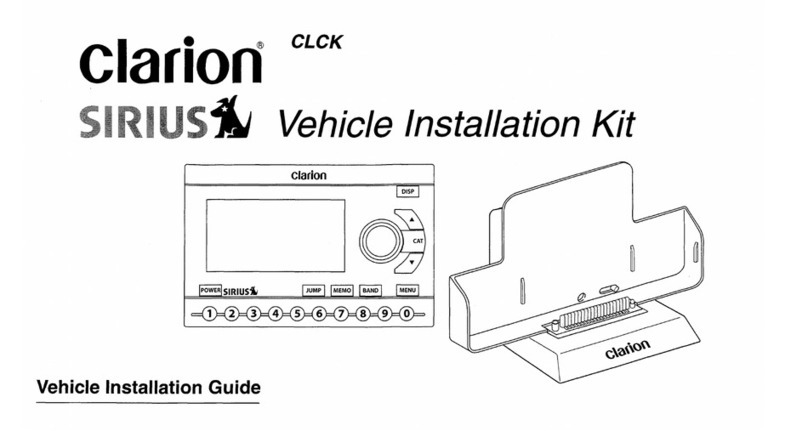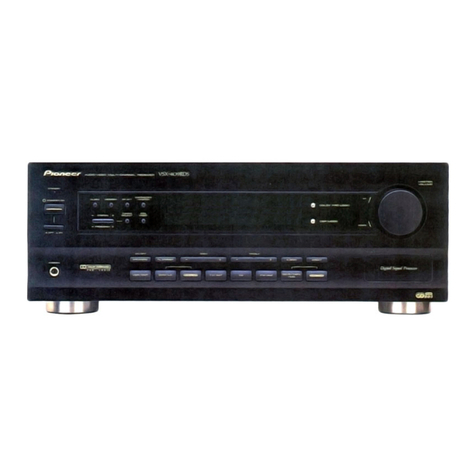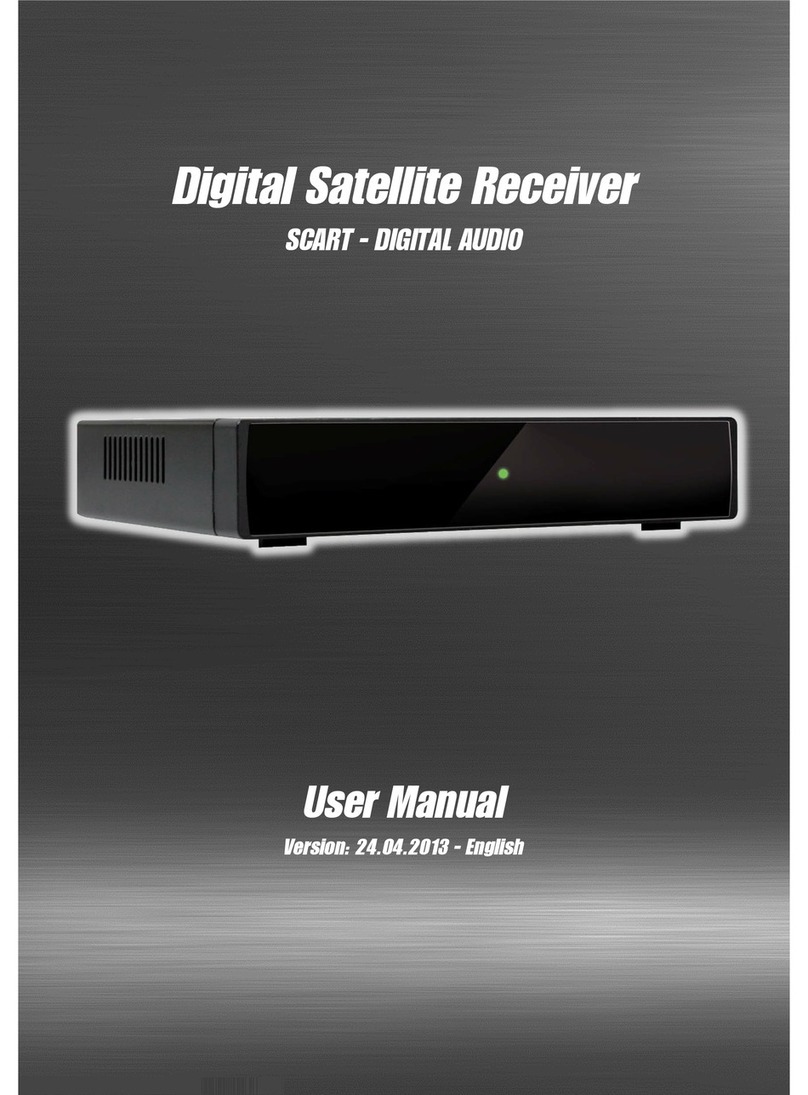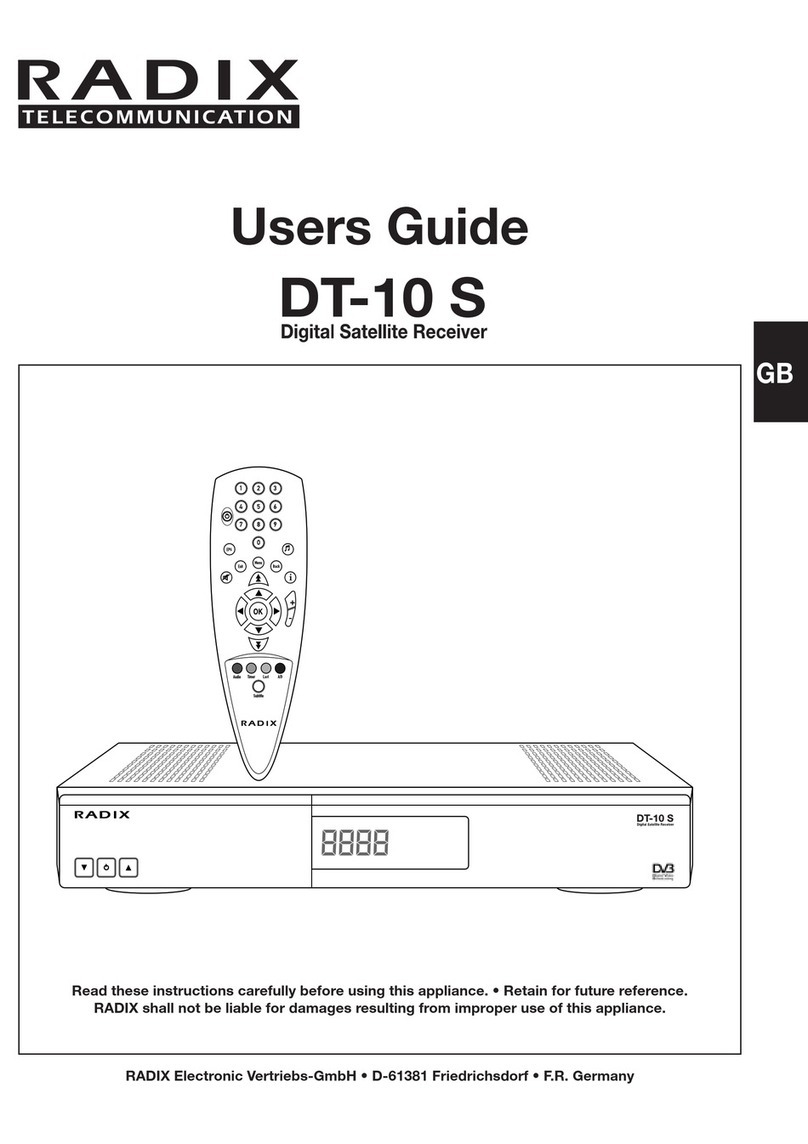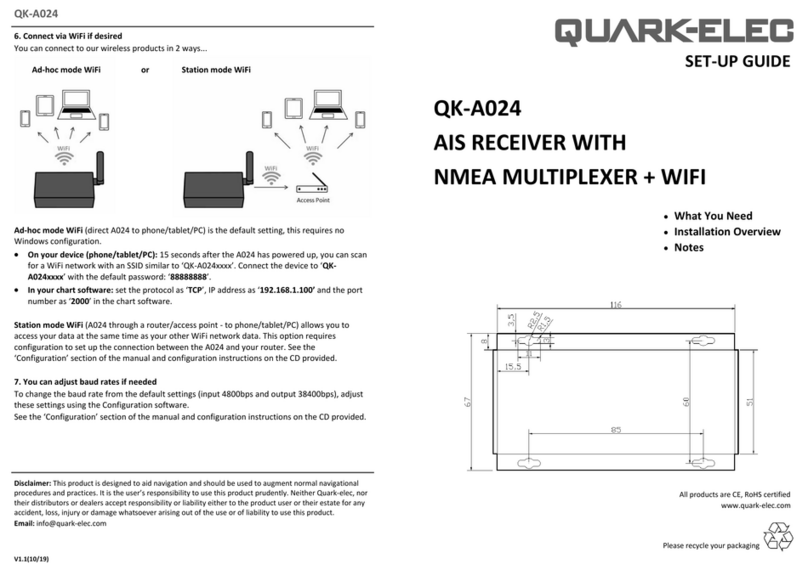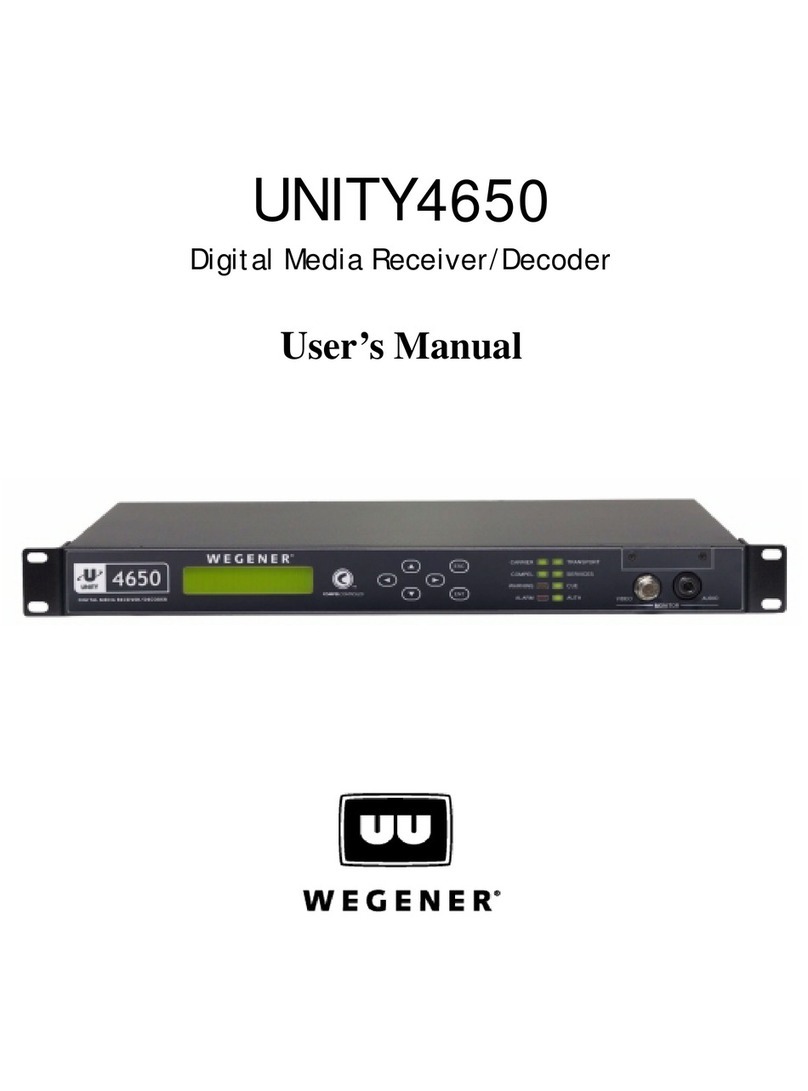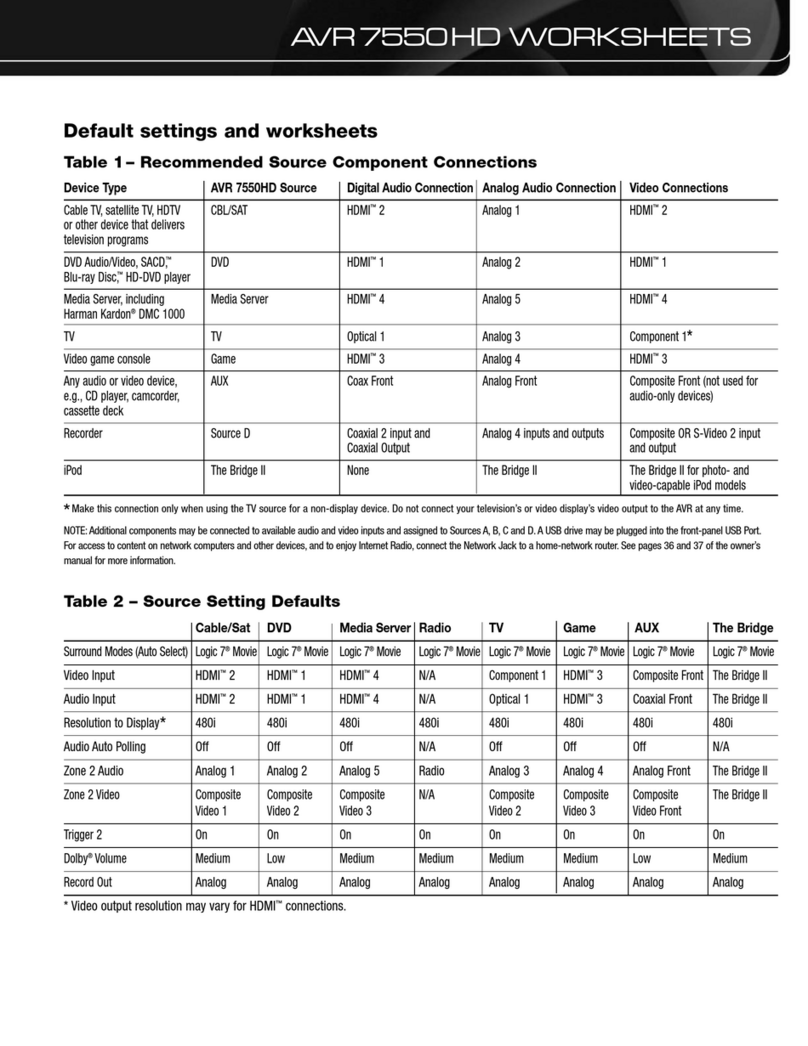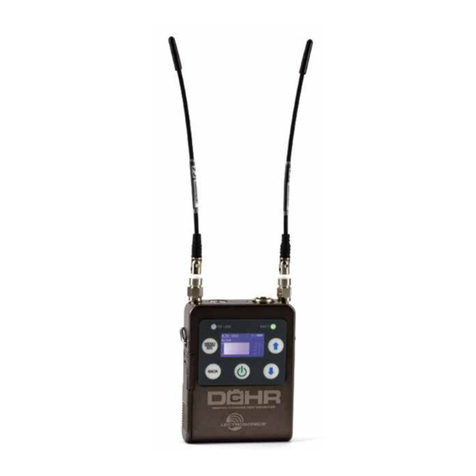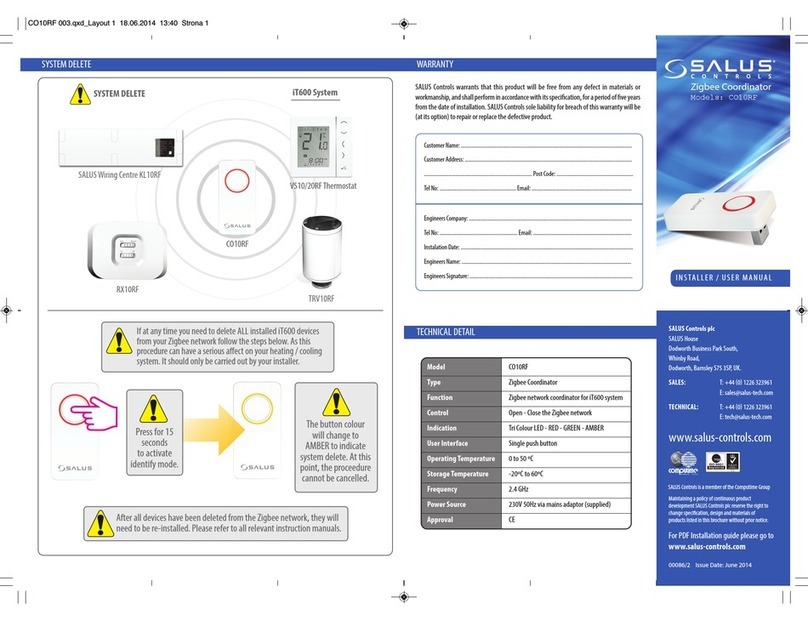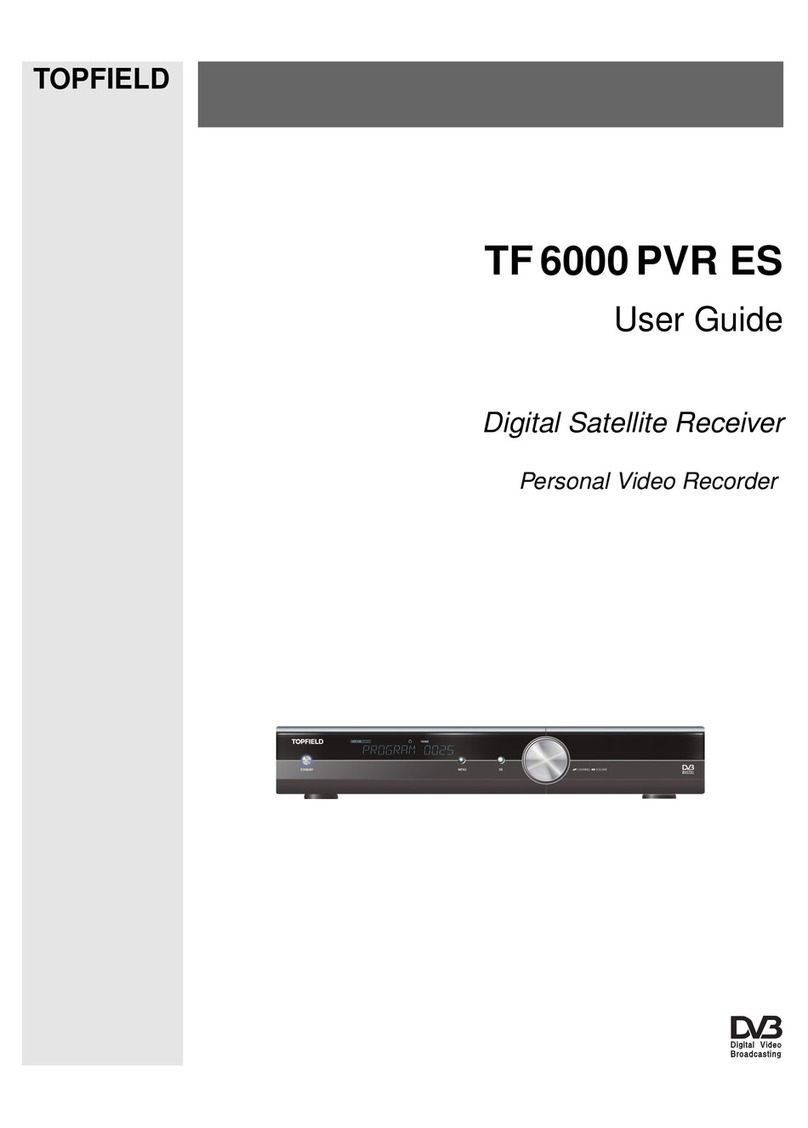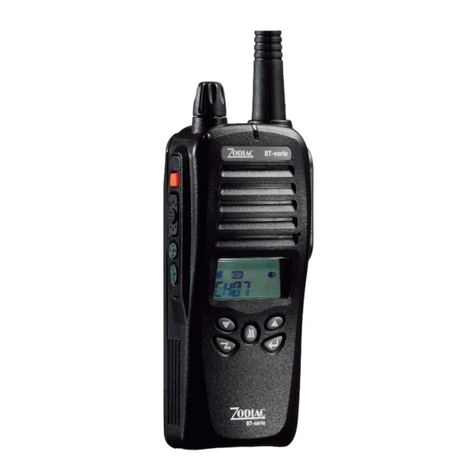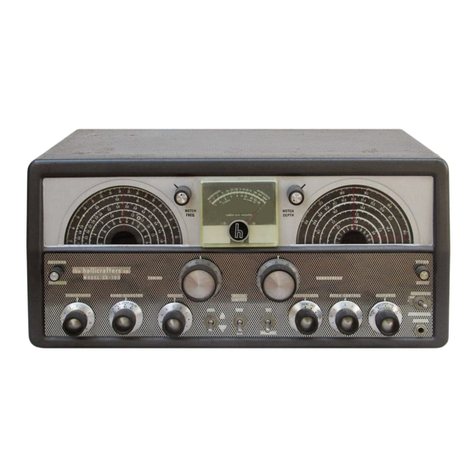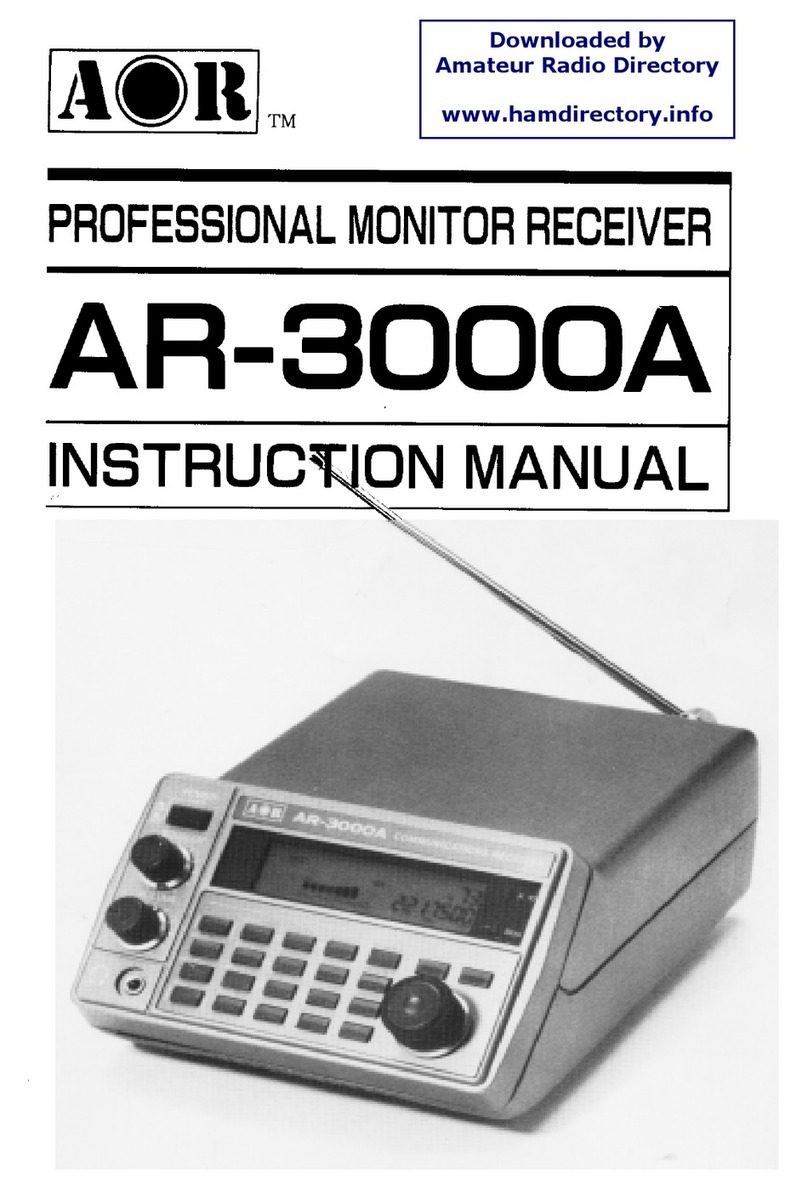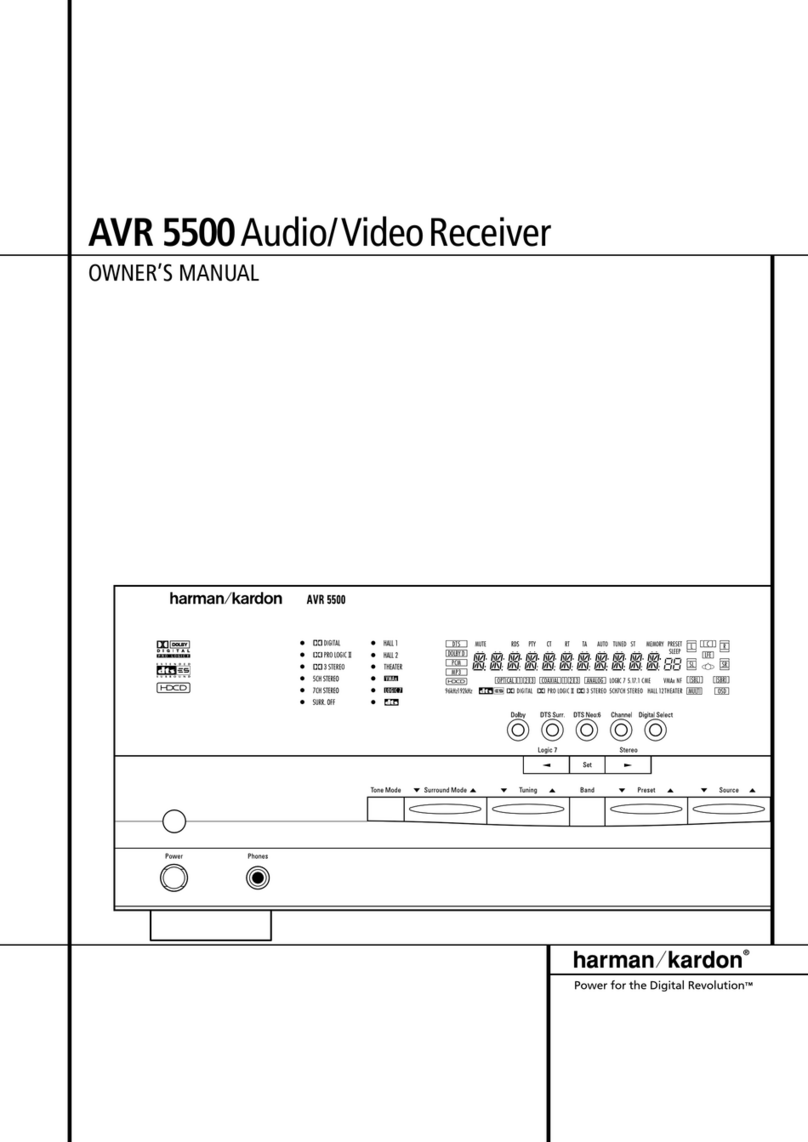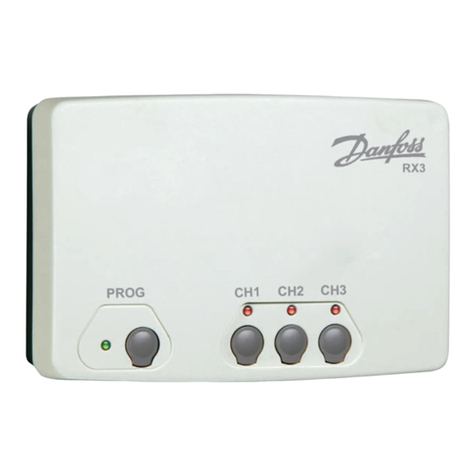DDS AVS13 User manual

5.8GHz Wireless AV Sender
With IR Extender
MODEL: AVS13
OWNERS MANUAL
Made in China

TABLE OF CONTENTS
●About the AVS13 ...…....…................……....…….......………......1
● Location of controls and accessories .……..…….……..………........2
●User Guide ...…............................……...….…………...........3
●Installation …........................….……….………..…...………..4
●Trouble Shooting ...…....................….……….……….…….……5-6
●Referring Pictures ..................…………….......……….….....….....7-9
●Further applications .....................……….......………..…........... 10-12
●Caution ....................….……………...…………………...13
●Specification ....................….………………..……….…………14
ABOUT THE AVS13
The AVS13 is a powerful wireless A/V/S-Video signal sender and receiver system which
can be operated with satellite and cable receivers, camcorders, stereo systems, televisions,
laser disc players and VCRs, and provide superior reception at distances up to 60
metres(clear line of sight) from the transmitter. It is equipped with 5.8GHz technology which
is less interference than 2.4 GHz. And this system can support S-Video
This system can be used in many different ways:
● Enables you to watch a movie on any television within your home without moving your
VCR or Laser Disc Player, and without the hassle of running wires.
● Enables you to watch your favourite cable or satellite programs on any television in
your home.
● Extends the listening enjoyment of your stereo receiver to any powered speakers
in your home, even if they are not wired into your stereo system.
● Enables you to use your camcorder with a remote television as a closed circuit
monitoring system; it is ideal for baby's room, or for security.
1

LOCATION OF CONTROLS
The AVS13 has been carefully engineered and manufactured to give you dependable
operation. Read this manual before operating this unit to become familiar with its features
and obtain the performance that will bring you enjoyment for many years.
Please retain this manual for future reference.
●Transmitter and Receiver
1. Channel Selector
2. 5.8 GHz Antenna
3. ON / OFF Switch
4. Infrared Remote Output
5. IR frequency selection
● Rear view of Transmitter & Receiver
6. Audio L
7. Audio R
8. Video
9. S-Video
10. AC Adaptor Port
2
●
A
ccessory
1. DC 12V 250mA, AC 230V
(For Transmitter)
2. DC 12V 250mA, AC 230V
(For Receiver)
3. Infrared Extender Mouse x 1
4. A/V Cable x2
Transmitter Receiver Transmitter & Receiver (Rear view)
Accessory
Adaptor Infrared
Extender

USER GUIDE
1. Make sure your input AC voltage conforms to the adaptor specifications.
2. Only use the power adapter provided with the AVS13.
3. With direct line-of-sight, the maximum range of A/V signal transmission can reach upto
about 60 metres, and this distance would be shortened by obstacles or walls placed
between transmitter and receiver. (The optimum indoor range is under 25 M)
4. To ensure good infrared remote control operation aim your remote control at the I/R
Sensor Window on the AVS13 and press the buttons firmly. ( With some remote controls it
may be necessary to press and hold each button for about a second). The working angle
of the I/R Sensor Window is +/- 15 degrees. (see Pictures 7,8,)
5. The remote controller has to be used within the distance of ( from remote control to
receiver )not less than 0.3M and no more than 5M (working angle +/- 15 degrees). (see
Pictures 9)
6. Be sure the ON / OFF switch on both the transmitter and receiver is in the OFF position
before making any connections.
3

INSTALLATION
NOTE: S-Video and Composite Video can be interchangeable. But in normal case,
S-Video is the dominant input.
If your video device only has composite video, you can not connect S-Video cable to
the transmitter. Otherwise, there will be no picture output at the receive.
TRANSMITTER (Tx-AVS13)
a. By Composite Video(RCA)
1.Take a RCA to RCA cable (included),take one end connected to the AV In socket of
Tx-AVS13.(see Pictures 1 )
2. Connect the other end to the Audio / Video Out port of VCR, DVD, VCD,
Satellite receiver ..Etc. (see Pictures 1)
b. by S-Video
1. Take a RCA to RCA cable (included),take Audio RL connected to the Audio RL In
socket of Tx-AVS13. Take a S-Video to S-Video cable connect one end to S-Video
input socket of Tx-AVS13. (see Pictures 1 )
2. Connect the other end of Audio RL to the Audio RL Output Port of VCR, DVD, VCD,
Satellite receiver .Etc. and also connect other end of S-video to S-Video Output of
VCR, DVD, VCD, Satellite receiver .Etc. (see Pictures 1 )
3. Connect the power adaptor to the power outlet. Turn power ON.
** DC 12V 250mA, AC 230V (see Pictures 1 )
4. Stick the IR mouse in front of the sensor receiving window
of the device i.e. VCR, DVD, VCD, Satellite receiver. Etc. under effective range
and working angles. (see Pictures 2 )
5. Choose one of the 4 channels by sliding the selection button (must be set to
same channel on both transmitter & receiver) (see Pictures 4 )
RECEIVER (Rx-AVS13)
a. by Composite Video (RCA)
1. Take a suitable RCA to RCA (included) cable and connect one end to A/V socket of
Rx-AVS13.(see Pictures 3 )
2. Connect the other end to the Audio / Video In port of TV. (see Pictures 3 )
b. by S-Video
1. Take a RCA to RCA cable (included),take Audio RL connected to the Audio RL In
socket of Rx-AVS13. Take a S-Video to S-Video cable connect one end to S-Video
input socket of Rx-AVS13. (see Pictures 3 )
2. Connect the other end of Audio RL to the Audio RL Input Port of Television and also
connect other end of S-video to S-Video Input Port of Television (see Pictures 3 )
3. Connect the power adaptor to the power outlet. Turn power ON.
**DC 12V 250mA, AC 230V (see Pictures 3 )
4. Choose one of the 4 channels by sliding the selection button (must be set to
same channel on both transmitter & receiver) (see Pictures 4 )
5. Please make sure this unit is set a little forward to the top of TV in order to have the
best IR performance. (see Pictures 7 )
4

TROUBLE SHOOTING
No picture or sound
a) Check the power on/off switches on the Transmitter, Receiver and TV
b) Make sure the power plug and signal cables are pushed all the way in.
c) Check if the channel of transmitter & receiver are set to the same channel.
d) Make sure that all cables are connected as per the user guide
e) Check if there is any discontinuity inside the cable.
f) If you use S-Video connection, your TV set must be set to “S-Video” mode
Interference & noise
a) Adjust receiver antenna direction for optimal performance. (see Pictures 5, 6)
b) Adjust transmitter antenna direction for optimal performance. (see Pictures 5, 6 )
c) Check if the supplied voltage matches the adapter specification
d) Select a different microwave channel by sliding the channel button on both
transmitter and receiver. (see Pictures 4 )
e) You can also vary the transmitter / receiver position for optimal performance.
f) If the distance between receiver and transmitter is less than 10 M do not open the
round antenna as the signal could be too strong to obtain a sharp picture.
5

1. Not Synchronized
2. Screen unlocked
3. Noisy line across the screen
a) Adjust receiver antenna direction for optimal performance. (see Pictures 5, 6)
b) Adjust transmitter antenna direction for optimal performance. (see Pictures 5, 6 )
Note: Antenna does not rotate freely 360°. Rotating past the point where resistance is felt
will result on permanent damage to the device.
c) Check if the supplied voltage matches the adapter specification.
d) Select a different microwave channel by sliding the channel button on both transmitter
and receiver. (see Pictures 4 )
g) Move transmitter and receiver closer. If the problems remain, please contact your
vender for help.
Remote control extender does not work
1) To ensure good infrared remote control operation aim your remote control at the I/R
Sensor Window on the Rx-AVS13 and press the buttons firmly. ( With some remote
controls it may be necessary to press and hold each button for about a second). The
working angle of the I/R Sensor Window is +/- 15 degrees. (see Pictures 7,8,9)
2) Check the path between the transmitter & receiver and clear unnecessary
obstructions.
3) Make sure the IR extender mouse is pointing toward the sensor of device precisely.
4) Check if the batteries on remote control are full of energy. Replace with new batteries
if it is neccessary.
5) The optimum indoor operating range is about within 15 M.
6) change the IR carrier frequency on AVS13.
6

Transmitter
Picture 1
Picture 2
7
Cable,
Satellite.R/DVD/VCR/VCD
Power
Adaptor
ON/OFF
Switch
S-Video cable
RCA cable
Satellite.R
V
CR
DVD
V
CD
Rear view of
video device
Make sure you stick the mouse at propper position
and forward to Infrared Receiving Sensor (about within 50 cm 15℃)
IR OUT
Power
Adaptor
ON/OFF
Switch
Front View
Side View
Rear
V
iew

Receiver
Picture 3
Picture 4
Picture5
8
Rear View
Power
Adaptor
ON/OFF
Switch
S-Video cable
RCA cable
Rear
V
iew
Transmitter(TX-
A
VS13) Receiver(RX-
A
VS13)
Channel selection button
(must be the same channel
on both transmitter & receiver)
Transmitter(TX-
A
VS13) Receiver(RX-
A
VS13)
Side with round dot
T
urn the side with round dot
face to face to obtain the
best performance.

Picture6
Picture7
9
Transmitter(TX-
A
VS13)
Receiver(RX-
A
VS13)
T
urn the side with round dot
face to face could be able to
obtain the best performance.
Receiver(RX-
A
VS13)
TV
Side View
In order to obtain the best
Performance of IR receiving
Please be sure this unit is
a little forward to the TV.
IR Receiver

OPERATING REMOTE CONTROL
Receiver
Picture8
Picture9
10
IR sensor window
Remote Control
Receiver(RX-
A
VS13)
Distance Not less than 0.3M and no more than 5M

FURTHER APPLICATIONS
FURTHER APPLICATIONS WITH VCR
Connect the Transmitter to a VCR, which is connected to a TV.
a. by composite Video (RCA)
1. Make sure the ON / OFF switch on both the transmitter and receiver is in the OFF position
before making any connections.
2. Take a RCA to RCA cable and connect one end to the A/V in of AVS13 and the other to A/V out
of VCR. Get another cable and connect one end to one of the A/V out ports of VCR and the
other to A/V in of TV. If your TV does not have any A/V in port then you can use 75ΩRF
coaxial cable from TV's antenna IN (or VHF/UHF) to your VCR's modulator output.
3. Plug one end of power cord of the adaptor into the DC jack on the AVS13 and the other end
into any standard 230V AC outlet. Use only the adaptor provided.
4. Locate and orient the Transmitter according to picture 5 and 6 of this manual.
b. By S-Video
Please note: S-Video connectors has a special orientation, when you want to use S-Video
connection, you need to be carefully handled the connector, make sure the orientation is correct.
Push it gently, otherwise, you will broke the connector and connector socket of device
1.Make sure the ON / OFF switch on both the transmitter and receiver is in the OFF position
before making any connections.
2.take RCA to RCA Cable(included), connect Audio RL to the Audio RL input socket of AVS13,
then take S-Video to S-Video Connect to the S-Video Input of AVS13 connect the other Audio
RL to the Audio RL output of VCR, S-Video to the output S-Video of VCR get another RCA to
RCA , S-Video to S-Video cable connect the other output of VCR and the input of Televisions
If your TV does not have any A/V in port then you can use 75Ω RF coaxial cable
from TV's antenna IN (or VHF/UHF) to your VCR's modulator output.
3.Plug one end of power cord of the adaptor into the DC jack on the AVS13 and the other end
into any standard 230V AC outlet. Use only the adaptor provided
4.Locate and orient the Transmitter according to picture 5 and 6 of this manual
FURTHER APPLICATIONS WITH DVD, DSS OR OTHER
SATELLITE RECEIVER, OR LASER DISC PLAYER
Connect the Transmitter to a DVD,LD, Satellite receiver, which is connected to a TV
a. by composite Video (RCA)
1. Make sure the ON / OFF switch on both the transmitter and receiver is in the OFF position
before making any connections.
2. Take a RCA to RCA cable(included) and connect one end to the A/V out port of DVD, DSS
or LD and the other end to the A/V in of AVS13. Get another cable and connect to one of the
A/V out of DDS, DVD, LD … and the other to A/V in of TV. if your TV does not have any A/V in
port then you can use 75ΩRF coaxial cable from TV's antenna IN (or VHF/UHF) to your DVD,
DSS or LD modulator output.
3. Plug one end of power cord of the adaptor into the DC jack on the AVS13 and the other end
into any standard 230V AC outlet. Use only the adaptor provided.
4. Locate and orient the Transmitter according to picture 5 and 6 of this manual.
11

b. By S-Video
Please note: S-Video connectors has a special orientation, when you want to use S-Video
connection, you need to be carefully handled the connector, make sure the orientation is correct.
Push it gently, otherwise, you will broke the connector and connector socket of device
1. Make sure the ON / OFF switch on both the transmitter and receiver is in the OFF position
before making any connections.
2. RCA to RCA Cable (included), connect Audio RL to the Audio RL input socket of AVS13, then
take S-Video to S-Video Connect to the S-Video Input of AVS13 connect the other Audio RL
to the Audio RL output , S-Video to the output S-Video of your DVD, DSS or LD et another RCA
to RCA , S-Video to S-Video cable connect the other output of your DVD, DSS or LD and the
input of Televisions If your TV does not have any A/V in port then you can use 75ΩRF coaxial
cable from TV's antenna IN (or VHF/UHF) to your DVD, DSS or LD modulator output.
3. Plug one end of power cord of the adaptor into the DC jack on the AVS13 and the other end
into any standard 230V AC outlet. Use only the adaptor provided.
4. Locate and orient the Transmitter according to picture 5 and 6 of this manual
TRANSMITTER
FURTHER APPLICATIONS WITH RECEIVER
Connect the Receiver to a VCR, which is connected to a TV.
This set up enables you to record transmitted audio and video on your remote VCR and also enjoy
the picture and sound on a remote TV at the same time.
12
ANT
Ant. IN
VCR Output
To Powe
r
Source
Recommended TV connection
For dual output VCR’s
RCA+S-
V
IDEO CABLE

a. by composite Video (RCA)
1. Make sure the ON / OFF switch on both the transmitter and receiver is in the OFF position
before making any connections.
2. Take a RCA to RCA cable(included) and connect one end to the A/V out of RX-AVS13 and the
other end to the A/V in of VCR. Take another one cable and connect one end to A/V out of VCR
and then other end to A/V in port of TV. if your TV does not have any A/V in port then you can
use 75ΩRF coaxial cable from TV's antenna IN (or VHF/UHF) to your VCR's modulator
output.
3.Plug one end of power cord of the adaptor into the DC jack on the RX-AVS13 and the other end
into any standard 230V AC outlet. Use only the adaptor provided.
4.Locate and orient the Receiver according to picture 5 and 6 of this manual.
b. by S-Video
Please note: S-Video connectors has a special orientation, when you want to use S-Video
connection, you need to be carefully handled the connector, make sure the orientation is correct.
Push it gently, otherwise, you will broke the connector and connector socket of device
1. Make sure the ON / OFF switch on both the transmitter and receiver is in the OFF position
before making any connections.
2. take RCA to RCA Cable (included), connect Audio RL to the Audio RL output socket of
RX-AVS13, then take S-Video to S-Video Connect to the S-Video output of Rx-AVS13 connect
the other Audio RL to the Audio RL input , S-Video to the S-Video input of your VCR get
another RCA to RCA , S-Video to S-Video cable connect the output of your VCR and the input
of Television If your TV does not have any A/V in port then you can use 75ΩRF coaxial cable
from TV's antenna IN (or VHF/UHF) to your VCR modulator output.
3. Plug one end of power cord of the adaptor into the DC jack on the RX-AVS13 and the other
end into any standard 230V AC outlet. Use only the adaptor provided
4. Locate and orient the Transmitter according to picture 5 and 6 of this manual
RECEIVER
13
ANT
Ant. IN
VCR Output
To Powe
r
Source
Recommended TV connection
For dual output VCR’s
OR
RCA+S-VIDEO CABLE
RCA+S-
V
IDEO CABLE

CAUTION
This equipment has been tested and found to comply with CE and FCC regulation.
These regulations are designed to provide reasonable protection against
interference in a residential installation. This equipment generates, uses and can radiate
radio frequency energy and, if not installed and used in accordance with this manual,
may cause interference to radio communications. However, there is no guarantee
that interference will not occur in a particular situation. If this equipment does cause
interference to radio or television reception, which can be determined by turning the
equipment off and on, the user is encouraged to try to correct the interference by
one or more of the following measures:
●Reorient or relocate the receiving antenna
●Increase the distance between the interfering equipment and the receiver
●Connect the interfering equipment into an outlet on a circuit different from that
to which the receiver is connected.
●Consult the dealer or an experienced radio/TV technician for help.
The changes or modifications not expressly approved by the party responsible for
compliance could void the user’s authority to operate the equipment.
To comply with the FCC RF exposure compliance requirements, this device and
its antenna must not be co-located or operating to conjunction with any other
antenna or transmitter.
IMPORTANT SAFETY PRECAUTIONS
●TO PREVENT FIRE OR SHOCK HAZARD, DO NOT SUBMERGE OR EXPOSE
THESE PRODUCTS TO WATER
●TOAVOID ELECTRIC SHOCK, DO NOT OPEN THESE UNITS. THE AVS13
CONTAINS
NO USER SERVICEABLE PARTS. DOING SO WILL VOID THE WARRANTY
●USE ONLY THE POWER ADAPTORS PROVIDED WITH THE AVS13
●DO NOT OVERLOAD WALL OUTLETS OR EXTENSION CORDS.
●IF YOU ARE EXPERIENCING DIFFICULTY WITH THIS PRODUCTS, DO NOT
ATTEMPT TO SERVICE IT YOURSELF. PLEASE CALL YOUR RESELLER FOR
ASSISTANCE.
14

SPECIFICATION
TRANSMITTER
Output level 13dBm (complies with CE)
Operating frequency 5790,5828,5847,5866 MHz
Modulation FM (Video and Audio)
Video input level 1.0 V p-p
Audio input level 1.0 V p-p
S-Video Input Level Y:1Vpp, C:288mV
Video input impedance 75 ohm
Audio input impedance 2K ohm
Power Consumption DC 12V@250mA
Unit dimensions 12 x 10 x 4.3cm
Unit weight 200g
Effective operating range Approx. 200 feet (clear line of sight)
RECEIVER
Output level 1.0V p-p +/- 0.2V p-p (Video)
1.0Vp-p +/- 0.2V p-p (Audio)
S-Video Output Level Y:1Vpp+/-0.2V p-p, C:288mV +/-20%
Power Consumption 12V DC@250mA
Unit dimensions 12 x 10 x 4.3cm
Unit weight 200g
IR TRANSMITTER
Output level 0~10dBm
Operating Frequency 433.92MHz
Modulation Type AM
IR Carrier Frequency 38KHz /56KHz Switchable
Effective operating range Approx. 100 feet(clear line of sight)
IR RECEIVER
Operating Frequency 433.92MHz
Sensitivity <-80dBm
IR Carrier Frequency 38KHz /56KHz Switchable
15
Imported and Distributed in New Zealand by:
Direct Imports (NZ) Ltd
P O Box 72
Hastings 4156
www.directimports.co.nz
Table of contents

